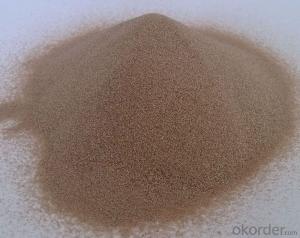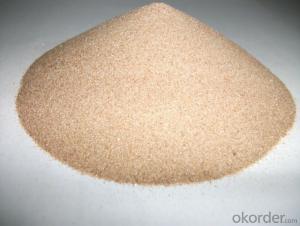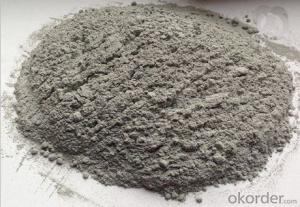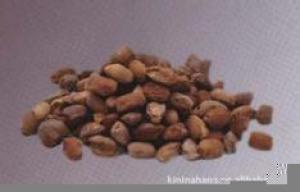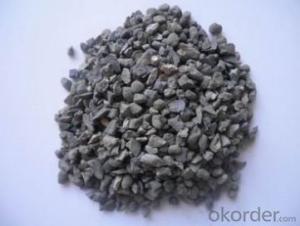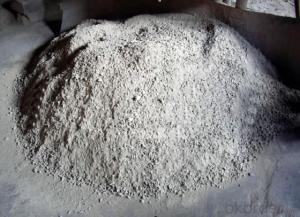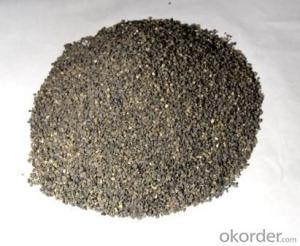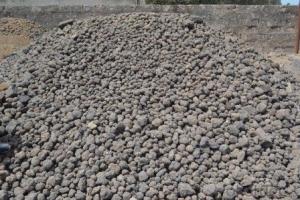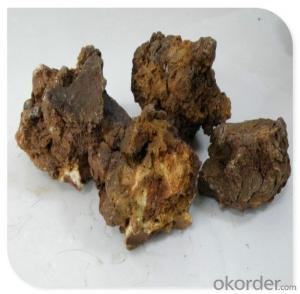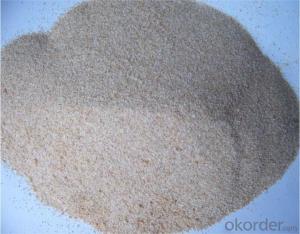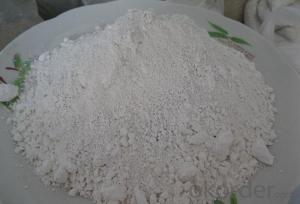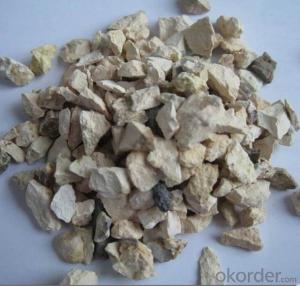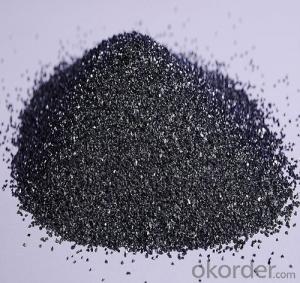All Categories
- - Steel Wire Rod
- - Steel Coils
- - Steel Profiles
- - Steel Pipes
- - Stainless Steel
- - Tinplate
- - Special Steel
- - Steel Sheets
- - Steel Rebars
- - Steel Strips
- - Hot Rolled Steel
- - Cold Rolled Steel
- - Pre-painted Steel
- - Seamless Steel Pipe
- - Welded Steel Pipe
- - Hollow Steel Tubes
- - Galvanized Pipe
- - Stainless Steel Coil
- - Stainless Steel Sheet
- - Stainless Steel Plate
- - Stainless Steel Strips
- - Electrolytic Tinplate Coil
- - Electrolytic Tinplate Sheet
- - Stainless Steel Rebars
- - Solar Panels
- - Solar Water Heater
- - Solar Related Products
- - Solar Inverter
- - Solar Cells
- - Solar Light
- - Solar Energy Systems
- - Solar Controllers
- - Solar Mounting System
- - Solar Pump
- - Solar Chargers
- - Fiberglass Chopped Strand
- - Fiberglass Mesh Cloth
- - Composite Pipes
- - FRP Pultrusion Profiles
- - Fiberglass Mat Tissue
- - Fiberglass Fabrics
- - Fiberglass Mesh
- - Composite Tank
- - Fiberglass Mesh tape
- - Polymer
- - FRP Roofing Panel
- - Fiberglass Roving
- - Monolithic Refractories
- - Ceramic Fiber Products
- - Refractory Bricks
- - Raw Materials For Refractory
- - Suspended Platform
- - Cranes
- - Concrete Machinery
- - Earthmoving Machinery
- - Building Hoist
- - Road Building Machinery
- - Plastic Pipe Fittings
- - Plastic Tubes
- - Plastic Sheets
- - Agricultural Plastic Products
- - Plastic Nets
Q & A
Explain the importance of porosity and permeability in insulating refractories.
Porosity and permeability are crucial factors in insulating refractories as they directly impact the material's ability to resist heat transfer. Porosity refers to the presence of small interconnected pores within the refractory material, while permeability represents the ease with which gases or liquids can flow through these pores.
High porosity allows for the trapping of air or gas within the refractory, creating an insulating barrier that minimizes heat conduction. This thermal insulation property is vital in applications where high temperatures are involved, such as in kilns, furnaces, or industrial processes. By reducing heat transfer, porosity helps to conserve energy, improve efficiency, and enhance the overall performance of the refractory material.
Permeability, on the other hand, affects the material's ability to resist the ingress of unwanted substances, like molten metals or corrosive gases. Low permeability ensures that the refractory remains stable and durable by preventing the penetration of harmful agents, which can cause oxidation, erosion, or chemical reactions. This protection is crucial for maintaining the refractory's structural integrity and extending its lifespan.
In summary, porosity and permeability play a vital role in insulating refractories as they provide thermal insulation and prevent the ingress of harmful substances. These properties are critical for achieving efficient heat management, ensuring operational safety, and prolonging the refractory's service life in high-temperature environments.
How does strontium carbonate enhance the properties of refractory materials?
Strontium carbonate enhances the properties of refractory materials by acting as a fluxing agent, reducing the melting temperature and increasing the fluidity of the material during firing. This results in improved workability, increased density, and reduced porosity of the refractory material, leading to enhanced strength, thermal shock resistance, and overall performance.
How do raw materials impact the resistance to oxidation of refractory products?
Raw materials can have a significant impact on the resistance to oxidation of refractory products. Certain raw materials, such as high alumina content, can enhance the resistance to oxidation due to their high melting point and stable oxide formation. Other raw materials, like silica, may have lower resistance to oxidation as they can easily react with oxygen at high temperatures. The composition and selection of raw materials play a crucial role in determining the overall resistance to oxidation of refractory products.
What are the main sources of perlite in refractory raw materials?
The main sources of perlite in refractory raw materials are volcanic rocks and the subsequent processing of these rocks.
Wholesale Raw Materials For Refractory from supplier in Lebanon
We are a Raw Materials For Refractory supplier serving the Lebanon, mainly engaged in the sale, quotation, and technical support services of various Raw Materials For Refractory products in the Lebanon region. We are a subsidiary platform of the Fortune Global 500 company CNBM, able to provide you with one-stop Raw Materials For Refractory procurement services in the Lebanon. Not only do we have a wide range of Raw Materials For Refractory products, but after years of market development in the Lebanon, we can also provide valuable experience for your projects.
Hot Search
- Monolithic Refractories in Rwanda
- Ceramic Fiber Products in Paraguay
- Refractory Bricks in Montenegro
- Raw Materials For Refractory in Bulgaria
- Raw Materials For Refractory in Cambodia
- Raw Materials For Refractory in Vanuatu
- Raw Materials For Refractory in Thailand
- Raw Materials For Refractory in Tanzania
- Refractory Bricks in Jamaica
- Monolithic Refractories in Japan
